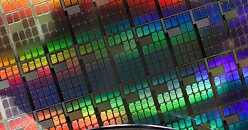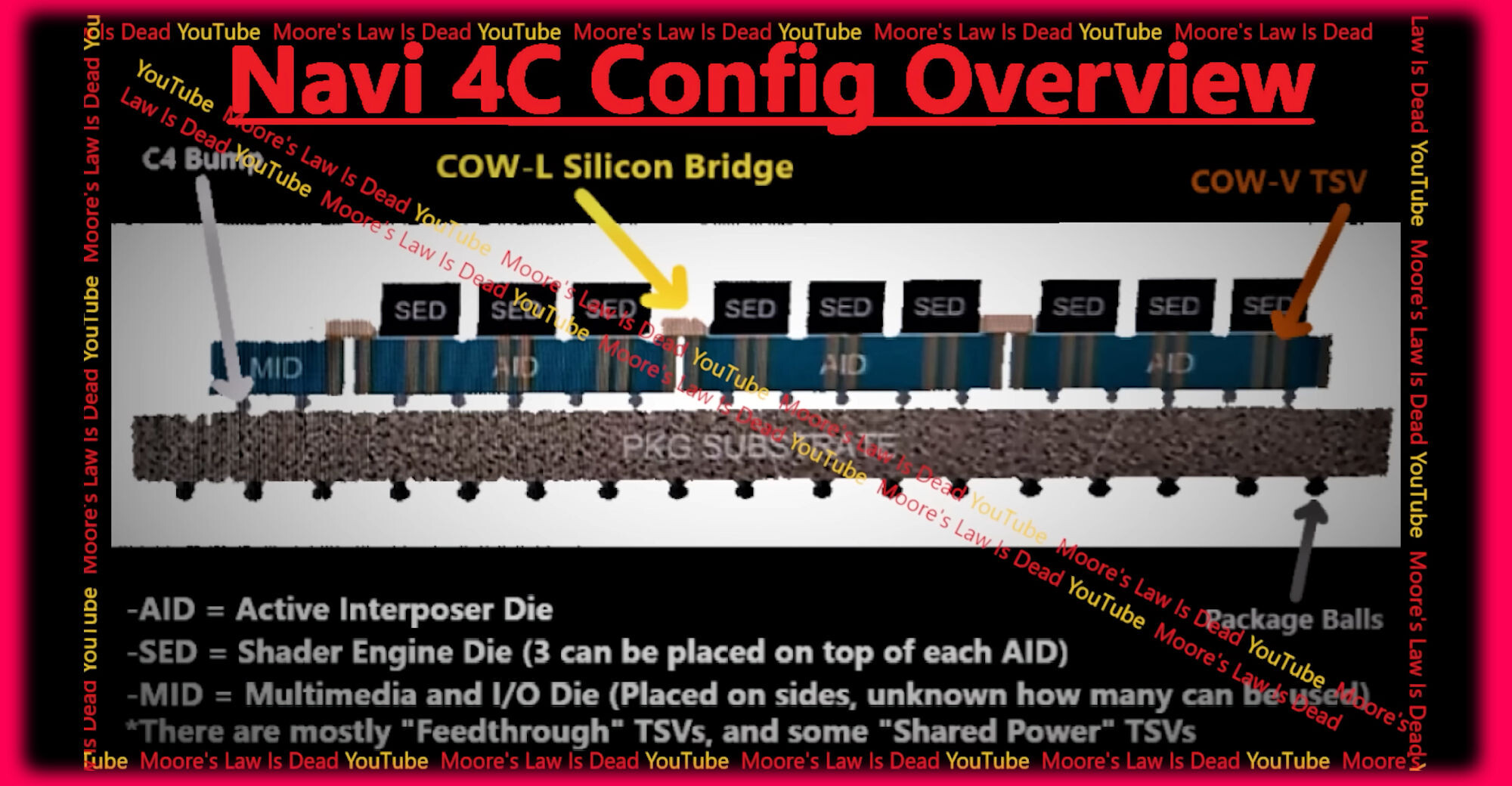- Joined
- May 21, 2024
- Messages
- 1,105 (3.55/day)
TSMC is working on a new advanced chip packaging technology that uses rectangular panel-like substrates instead of the traditional circular wafers, according to a Nikkei report citing sources. This new approach would allow more chips to be placed on a single substrate. TSMC is reportedly experimenting with rectangular substrates measuring 515 mm by 510 mm, providing more than three times the usable area compared to current 12-inch wafers. Using a rectangular-shaped wafer can potentially eliminate more of the incomplete chips found on the edges of current circular ones. While this may sound simple, it would actually require a radical change to the entire manufacturing process.
While the research is still in its early stages and may take several years to reach mass production, it represents a major technological shift for TSMC. The company has responded to Nikkei's inquiry by stating that they are closely monitoring advancements in advanced packaging technologies, including panel-level packaging. This development could potentially give TSMC an edge in meeting future chip demands, however, Intel and Samsung are also testing this new approach.

View at TechPowerUp Main Site | Source
While the research is still in its early stages and may take several years to reach mass production, it represents a major technological shift for TSMC. The company has responded to Nikkei's inquiry by stating that they are closely monitoring advancements in advanced packaging technologies, including panel-level packaging. This development could potentially give TSMC an edge in meeting future chip demands, however, Intel and Samsung are also testing this new approach.

View at TechPowerUp Main Site | Source






